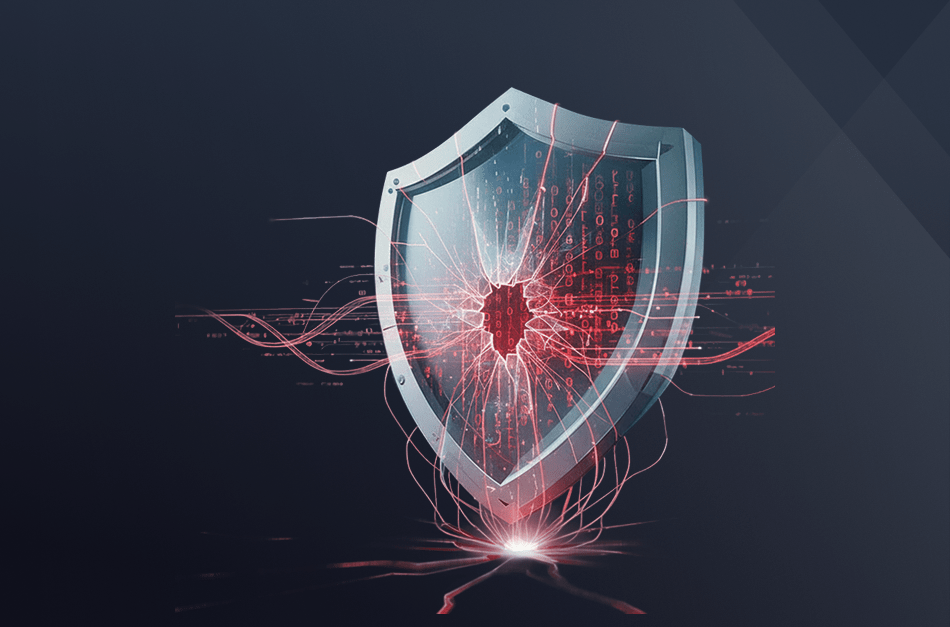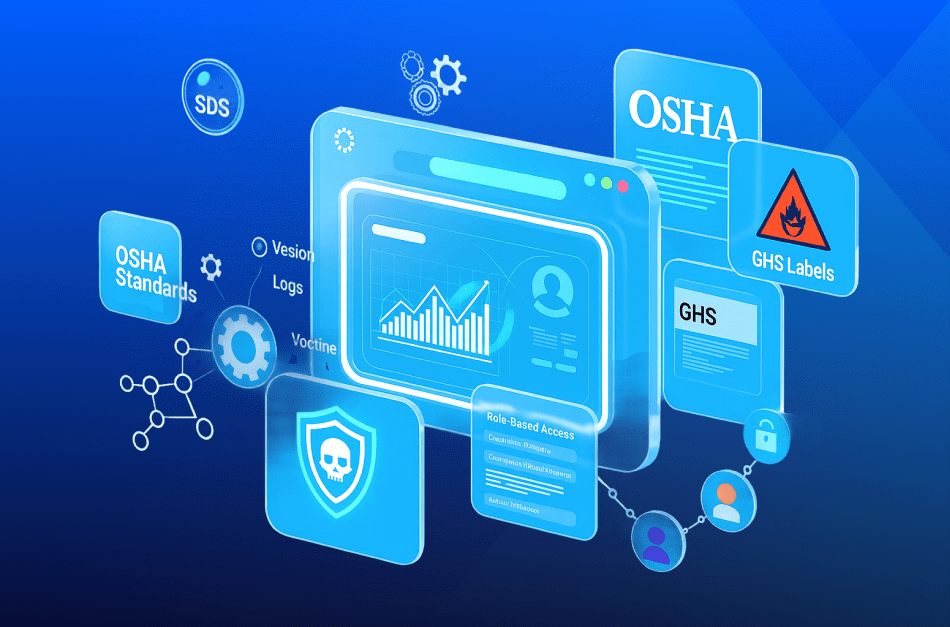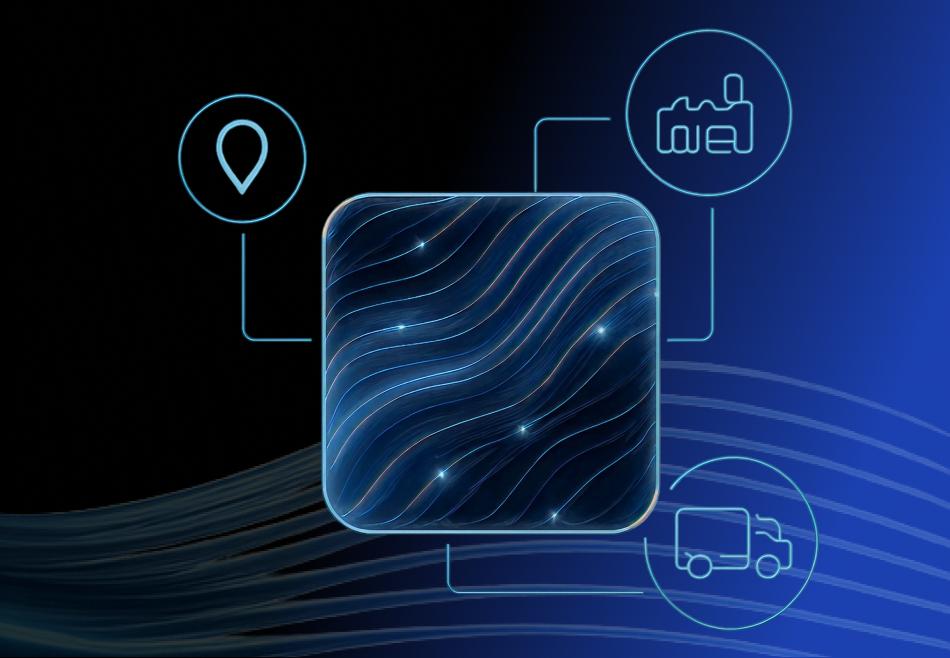Introduction
We used to think automation would run the show. Replace the routine, predict the outcome, and eliminate the margin for error. That was the pitch – and for a while, it seemed good enough.
But five years amidst global disruptions and the imperative for resilience, we know better. Supply chain automation hasn’t removed complexity; it’s just moved. What’s changed is not the tools, but our understanding of how to use them to build truly adaptive and robust supply chains, a shift emphasized by leading industry experts.
We’ve learned that successful automation isn’t about machine over man. It’s about building systems that are responsive to the way people work, systems that support better decisions, earlier action, and clearer context across the supply chain.
What Automation Used to Mean (and Why It’s No Longer Enough)
The first wave of automation, which took root in the early 2000s and scaled rapidly through the 2010s, focused on individual tasks. Businesses automated picking, packing, approvals, and reporting. Barcode scanners, robotic arms, and RPA tools became common in warehouses and on shop floors. Dashboards were introduced to surface insights, but most systems still ran independently.
By 2018, adoption had matured. Many companies had automated large parts of their operations, but what they gained in efficiency, they often lost in visibility. Processes moved faster, but they didn’t necessarily move together. Tools functioned well within their silos, but they rarely communicated across them.
Then came the last five years, a period of unprecedented volatility that forced supply chains to re-examine more than just tools. Automation became a necessity, but the limits of isolated systems became painfully clear. Delayed shipments, quality issues, inventory mismatches – these weren’t caused by bad tech, but by disconnected systems lacking the end-to-end visibility that firms like Accenture and McKinsey now champion as critical for navigating modern challenges.
The missing piece wasn’t more features. It was alignment. The ability to connect real-time inventory, production capacity, supplier status, and customer commitments into a shared understanding. One that gave planners, QA teams, and logistics operators the same source of truth at the same time.
That’s the level of automation that’s finally coming into focus. Not more automation. Smarter automation that’s built to work together.
Human Intelligence Behind Integration
There’s a growing realization that automation is not the goal. Integration is.
Today’s most effective supply chains aren’t running on the most cutting-edge AI or robotics. They’re just running on systems that work together. Systems that close the loop between operations, planning, compliance, and customer needs without drowning people in alerts or overengineering the workflow.
The real differentiator isn’t machine intelligence. It’s human intelligence: data literacy, analytical capabilities, and adaptability to know where to place automation, how to embed checks and balances, and when to hand control back to a person. This underscores the critical need for continuous workforce transformation, a priority echoed by firms like PwC in their ‘New world. New skills.’ initiatives
Some of the most impactful gains we’ve seen weren’t from installing new tools. They came from simply connecting the right ones. This included things like letting a quality issue in production automatically trigger a reroute upstream or giving logistics teams real-time access to the same supply constraints as planning, so no one is working in the dark.
That’s not just automation. That’s integration that reflects how people actually need to work together.
MES & Compliance in Pharma & Chemicals
In highly regulated industries like pharmaceuticals and chemicals, integration isn’t just about speed or cost. It’s about traceability, auditability, and risk mitigation. This is where Manufacturing Execution Systems (MES) come into play.
An MES sits between the shop floor and the enterprise layer (ERP). It tracks every step of production, from raw material intake to finished goods, capturing quality checks, deviations, batch history, and operator input along the way.
Historically, MES was seen as a standalone compliance tool used to generate batch records or satisfy audit trails. But as automation and supply chain integration evolve, MES is becoming more than just a recordkeeper. It’s becoming a real-time control point.
Here’s What’s Changing in Supply Chain Integration
-
Automated data capture
Replaces manual logs, reducing human error and accelerating batch review cycles.
-
MES-to-ERP integration
Now means that a failed quality check can instantly notify procurement, QA, and logistics, triggering proactive steps instead of waiting for end-of-line reconciliation.
-
Compliance actions
Are being embedded directly into workflows – not added afterward. Whether it’s triggering an environmental hold, escalating a temperature excursion, or sending an alert to a regulator, automation is acting as both a watchdog and a safeguard.
This shift has a broader impact: it changes how companies think about compliance. No longer a separate function, compliance becomes part of the operational rhythm – visible, traceable, and actionable as events unfold. That’s a significant cultural change for pharma and chemical firms that have traditionally separated production from oversight.
When automation is integrated with MES and broader systems, what emerges is a closed-loop feedback environment. Compliance is not just documented but assured in real time, and supply chain risk is mitigated before it materializes. This holistic approach, championed by firms like PwC for its integration with ESG, also enables robust tracking for the growing imperative of sustainability.
Smart Doesn’t Mean Complex
One mistake we’ve seen – and made – is assuming the advanced the tool, the better the outcome. But integration isn’t about sophistication; it’s about clarity. Solutions like digital control towers, implemented by firms such as McKinsey and PwC, exemplify this, simplifying complex data to connect just the right points for actionable insights.
We’ve helped teams replace overly complex workflows with simpler, automated flows that connect just the right data points:
- A mid-sized manufacturer linked supplier updates directly to production schedule forecasts. They didn’t overhaul their system. They just made the right connection.
- A pharmaceutical warehouse used QR code scans to trigger temperature-controlled packaging decisions. No overbuilding. Just integration where it matters most.
Even the technical enablers like improved bandwidth, better data sync, and more stable infrastructure don’t matter if the flow of information doesn’t reach the people who need it, when they need it.
This is where modern integration shines; not in automation that removes humans, but in tools that help them respond faster, plan better, and make decisions with confidence.
What the Future Holds for Automation Integration
We’re entering a phase where automation is no longer limited to predefined workflows. AI agents are beginning to navigate more dynamic challenges like rebalancing orders, interpreting exceptions, and suggesting new routes. But none of that works in isolation.
These agents need context. True supply chain intelligence comes from integrated systems that connect planning logic, compliance rules, customer commitments, and operational bandwidth. This requires a digital-first mindset and often, a strategic ecosystem of partners – from leading consulting firms guiding transformation to financial enablers like BNY Mellon optimizing cash flow – to truly optimize the entire flow.
Even small businesses are starting to see value. Not in massive system overhauls, but in plugging automation into the right touchpoints – approvals, fulfillment, reconciliation – and giving people the support to move faster with less risk.
The companies that win the next phase of supply chain innovation won’t be the ones with the most automation. They’ll be the ones with the clearest integration where systems, processes, and people align.
Because Automation alone can move parts. But supply chain integration moves the whole – across plants, systems, and people. And the future belongs to companies that treat supply chain integration not as IT architecture – but as a business advantage.
Ready to move beyond disconnected tools and siloed systems?








